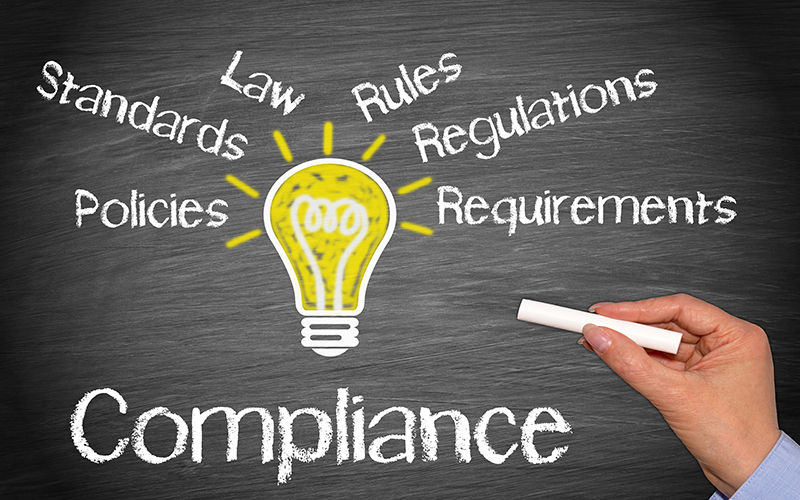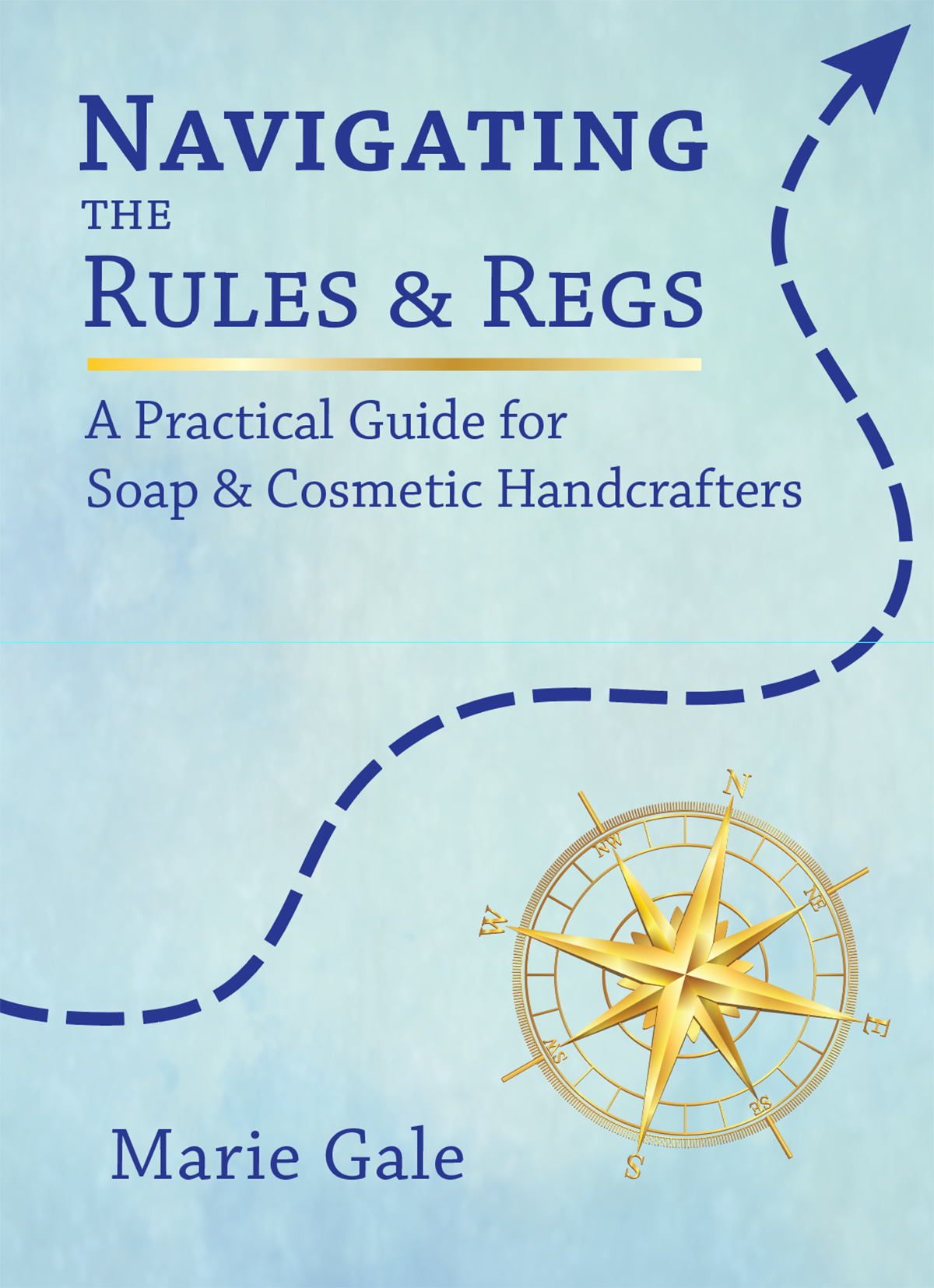Laws, regulations, guidances, and standards. They all seem like something that you need to comply with, but each is a different thing.
Laws
In the US, laws are passed by state or federal legislatures. At the federal level, laws are usually submitted as bills or resolutions. Both the House and the Senate must pass the bill and the President must sign it for it to become law. (Kids in the House has a great simple article on how laws are made.)
Bills that result in permanent laws are often referred to as “Acts” (as in “an act of Congress) and are in a form that is adopted into the US Code (the numbered statutes or laws of the US).
Example: MoCRA is the Modernization of Cosmetics Regulations Act. It modified the Federal Food Drug and Cosmetic Act. The Food Drug and Cosmetic Act has been included in the US code in Title 21, Sections 391 to 399i. MoCRA revised Sections 361 and 361, and added Sections 363 to 364i.
Most US states have a very similar process for creating and passing laws.
Regulations
Regulations are the detailed rules that are created by independent and executive agencies to clarify and provide enforcement procedures for the laws enacted by Congress.
Key Word to Know
Promulgate
To openly declare, publicly announce, or proclaim. In the context of laws or regulations, to promulgate means to put into force.
Regulations and rules fall under the heading of “administrative law.” Essentially, they take the generalized acts passed by Congress and put in the details. The theory is that the agencies have more on-the-ground knowledge and can create better details.
Regulations are enforced by the agency that created them.
Example: The Fair Packaging and Labeling Act (FPLA) specifies that the agency making the regulations for enforcing the FPLA shall make regulations relating to requiring the ingredients on a product package. It doesn’t say that they MUST specify ingredient declarations; it’s up to the agency promulgating the regulations. The Food and Drug Administration (FDA) was responsible for the regulations covering food, drugs and cosmetics, and the FDA required that ingredients be disclosed. However, the Federal Trade Commission (FTC), which made regulations for other kinds of products, did not require ingredient declarations.
At the federal level, there is 3-stage process for an agency to get regulations approved: Pre-Rule, Proposed Rule, and Final Rule.
- Pre-Rule Stage: The agency must have authority under some law to create any rules in the first place. Normally, as part of the pre-rule stage, they issue an advance notice of proposed rulemaking.
- Proposed Rule Stage: The agency issues their proposed rule. They must include why the rule is necessary and exactly what they are proposing.
- Final Rule Stage: The agency issues their final rule, which may include a discussion of whether they made any changes based on comments received. The final rule is then incorporated into the Code of Federal Regulations.
All announcements are published in the Federal Register. Comments may be submitted by the public, stakeholders, or other interested parties at each stage of the rulemaking process. Documents and comments are publicly available and are published on regulations.gov.
The US States have a similar process for promulgating regulations to implement state laws.
Guidances
A guidance is a non-binding document that provides guidance to those who are trying to understand and comply with the laws and regulations in an area. Agencies issue guidances to clarify or explain specific aspects of a procedure or process. Guidances do not have the force of law or administrative law. They do, however, give a good explanation on what would be considered “in compliance.”
The FDA issues a lot of guidances which, as they put it, “represent the current thinking of the FDA on this topic.” The FDA has published several cosmetic guidance documents in the past few years.
Example: As part of the process for implementing MoCRA, the FDA issued Guidance for Industry: Registration and Listing of Cosmetic Product Facilities and Products, which details how the registration and listing process works.
Standards
Key Word to Know
Standard:
A required or agreed level of quality or attainment, thought to be adequate or proper, especially for some purpose; a level of quality or attainment regarded as the proper or desirable level to which a person should aim.1
Standards are published documents which detail what best practices are (or should be) for the topic. They often contain internationally agreed specifics of measurement, quantity, or size. For example, standard screw thread sizes, or computer port interfaces. Standards are normally published by an industry association of some kind. The International Standards Organization (ISO) and the American Society for Testing and Materials (ASTM) both publish standards which are accepted internationally.
Example: The International Fragrance Association (IFRA) publishes standards for the levels of certain components in fragrances, and their maximum usage levels.
Example: The International Standards Organization (ISO) published ISO 22716, which covered cosmetic good manufacturing practices.
Example: The ASTM published standards covering the specifications for candle safety labeling, candle glass specifications, and fire safety for candle accessories.
Standards do not usually have the authority and enforcement potential of laws or regulations, but they are often referenced in regulations. For example, the FDA has said that they reviewed ISO 22716 when they created their Guidance on Cosmetic Good Manufacturing Practices, but they did not adopt the entire standard.2 The Consumer Product Safety Commission (CPSC) worked with the ASTM to come up with the candle safety standards which are considered a voluntary standard for candle safety.3 On the other hand, the Consumer Product Safety Improvement Act of 2008 (a law, passed by Congress) effectively incorporated the ASTM standards on toy safety directly into the law and the Consumer Product Safety Commission has included it in their regulations for toy safety.
Understanding the standards that are applicable to your area gives you insight into what is considered normal and acceptable within the industry.
In Summary
Laws, regulations, guidances, and standards are all different things. They have different levels of authority and, as a result, different levels of enforcement.
Compliance is required for laws and regulations. Compliance is suggested or advised for guidances and standards (unless the standards have been specifically incorporated into a law or a regulation).
It’s a good idea to know and understand all of the laws, regulations, guidances, and standards that apply to your business and the products you are making. That way you know where what you can (and can’t do), as well as what you should (and shouldn’t) do. If you know, and operate on what you know, you’ll sleep better at night.
Suggested Reading:
- Federal Agencies, Regulations & Laws
- Guidance on Cosmetic Good Manufacturing Practices
- Regulations on Endorsements and Testimonials
- Oxford English Dictionary, s.v. “standard (n.), sense III.20.a,” March 2024, https://doi.org/10.1093/OED/8088477317. ↩︎
- FDA. Draft Guidance for Industry: Cosmetic Good Manufacturing Practices. March 2024. https://www.fda.gov/regulatory-information/search-fda-guidance-documents/draft-guidance-industry-cosmetic-good-manufacturing-practices ↩︎
- Consumer Product Safety Commission. Candles. March 2024. https://www.cpsc.gov/Regulations-Laws–Standards/Voluntary-Standards/Topics/Candles ↩︎



Leave a Reply